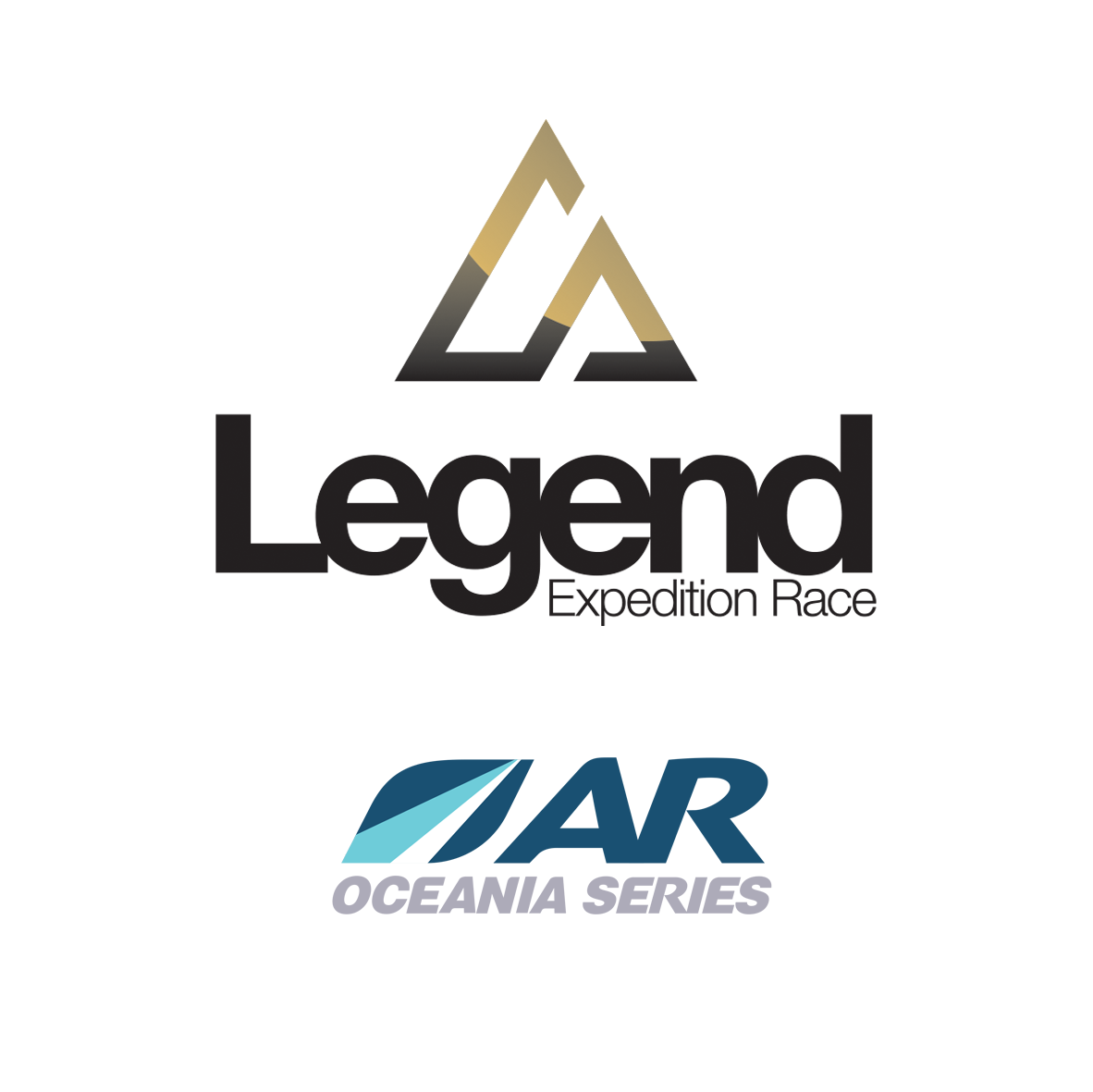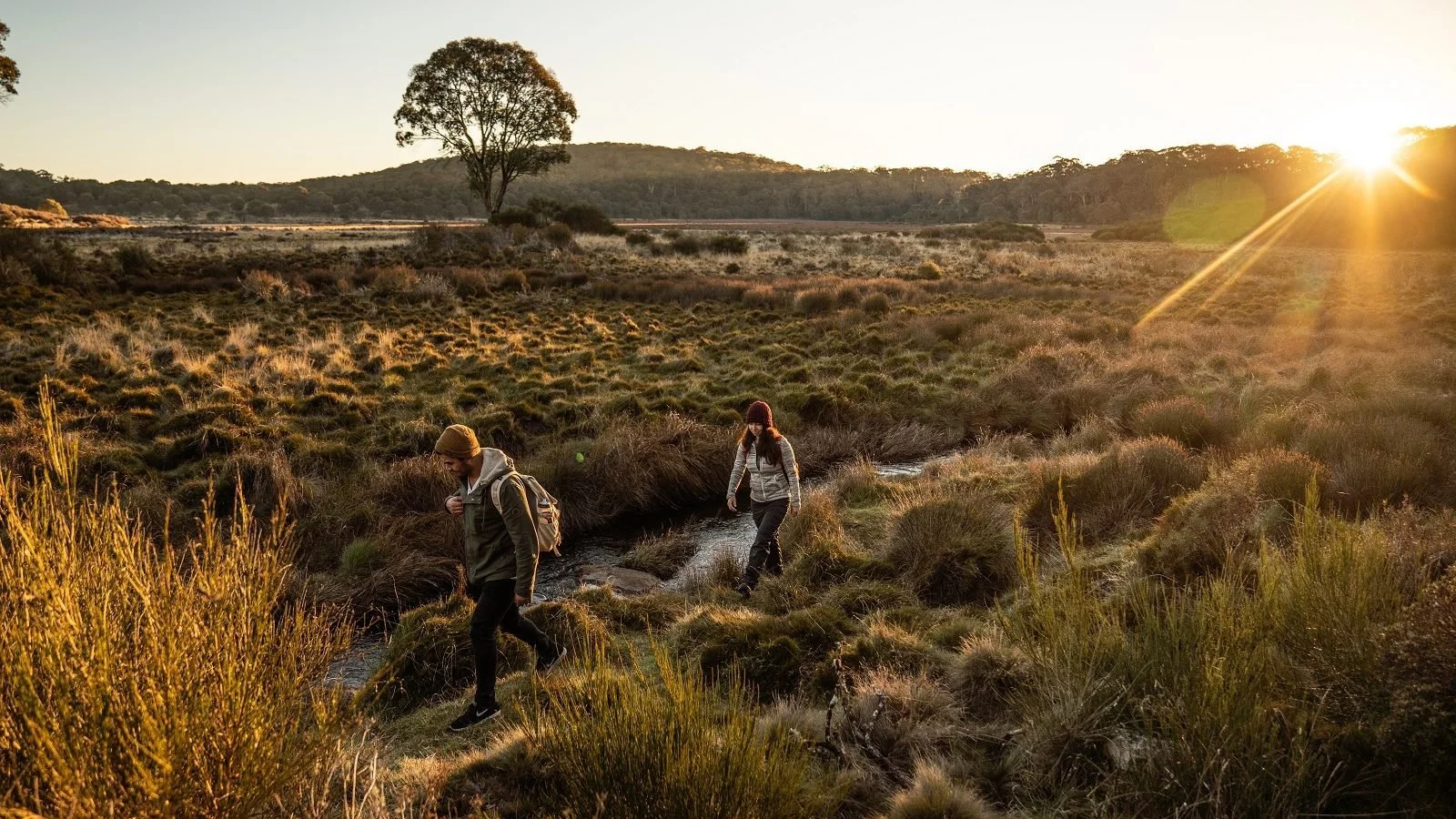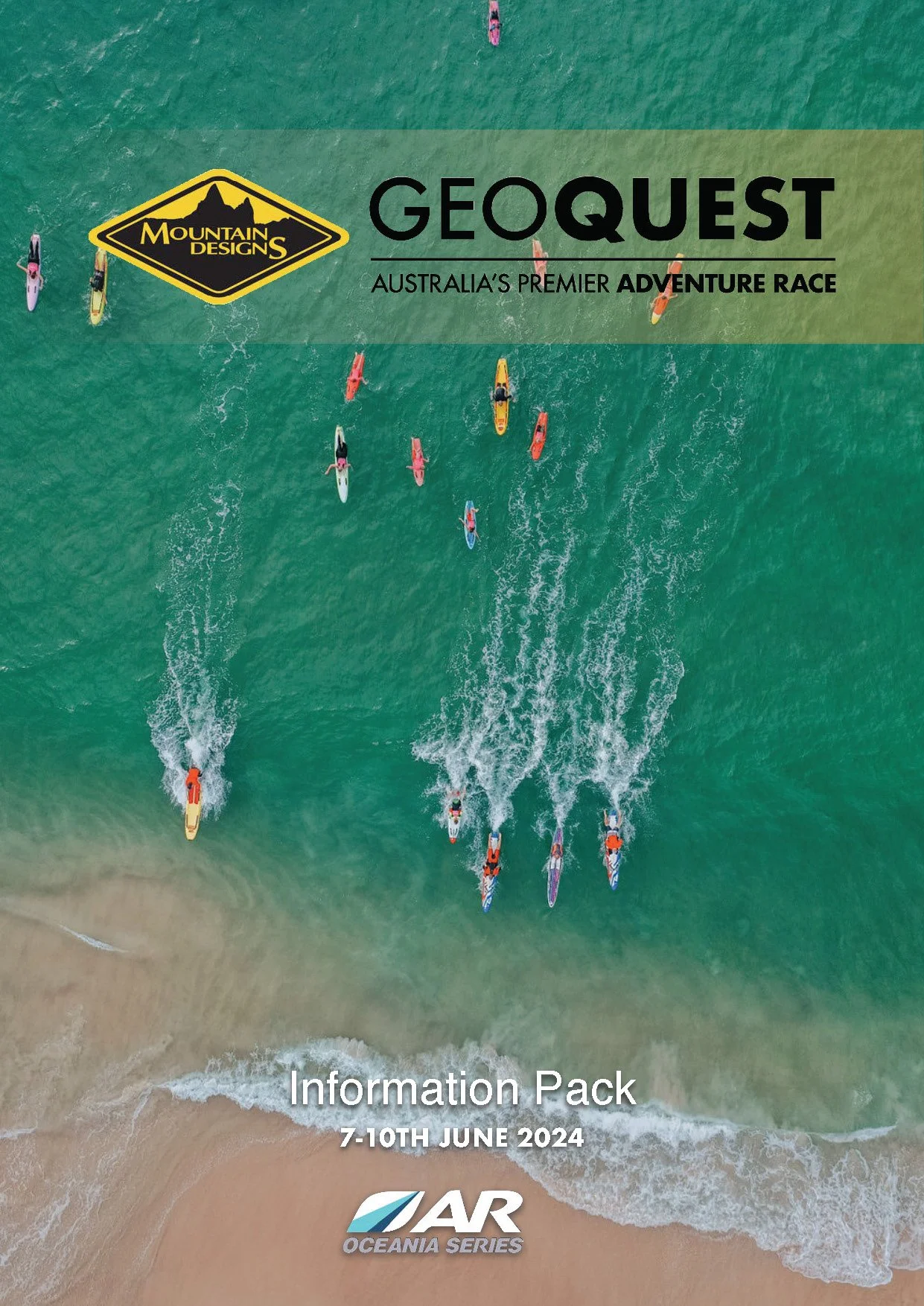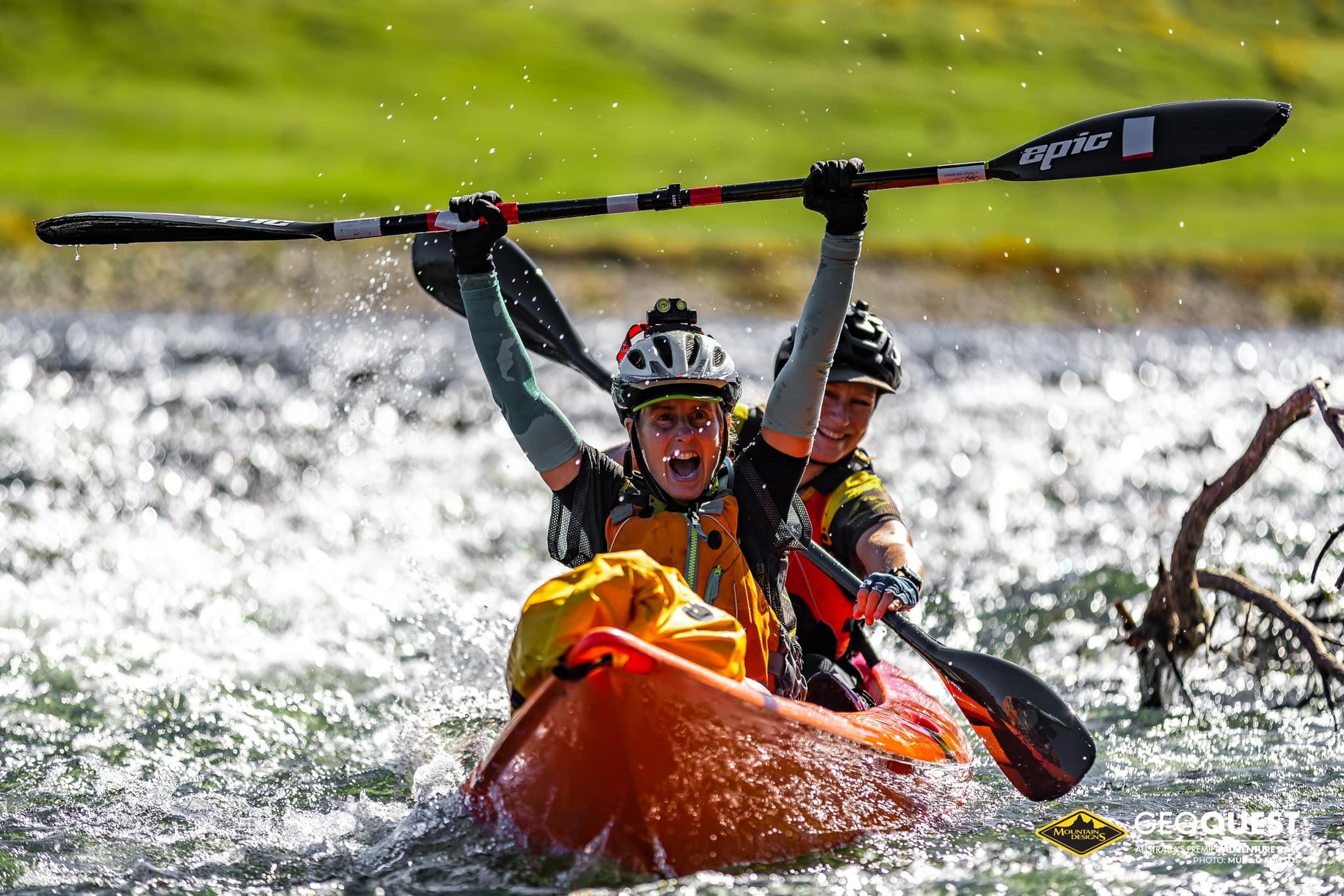Thank you firstly to the sponsors, Mountain Designs, Land Rover and Red Bull.
Well, the race has come, gone, and it is now a couple of weeks on. Those tired legs and blistered feet have probably healed, the painful memories are fading (ironically leaving only the good ones), and support crews have probably extracted their payments from you for promising them a “good fun weekend”.However lets go back for a minute to re-live Australia’s toughest adventure race…
After an extremely difficult course in 2002, that defeated all but a few teams, entries to the 2003 event almost doubled! All up there were 28 teams in the Full Course and 3 teams in the Geo-Half. It is still a wonder there was so many teams as logic said they should have halved. Anyway, in a further attempt to scare off competitors, the weather gods threw gale force Westerlies at the race HQ the night before the start. Tents were damaged, trees fell down and locals reported cattle being blown over. Even this was not enough to rattle the super human spirit of the athletes in this sport we call adventure racing.
A deceptively calm Callala Bay saw competitors lining their kayaks up along the edge of the water and preparing for the start. Teams were in place, the Coastal Patrol boats were positioned and Mountain Designs founder Rick White was preparing to give the start signal. Competitors were given 30 seconds of silence to calmly observe the day dawning and to mentally prepare themselves for that which was to begin. “GO!” was yelled by Rick and support crews and spectators watched teams run to their boats to begin leg one. Then to the surprise of many, a good portion of the field ran in the opposite direction to continue unloading their kayaks… Oh well, hopefully they will get to the start earlier next time!
The calm waters didn’t last long, no sooner had the teams raced across Jervis Bay with the wind behind them, than it was time to turn back and head West, directly into Neptune’s fist. The battle against 20 knot winds and 1 metre chop began in earnest and took it’s toll on many of the teams. However, all but one team (who lost a rear hatch on their kayak and filled with water), gallantly fought their way across the bay to the more protected westerly shore. A short transition at Iluka, ride to Cave Beach, then a beach trek/ coasteering all the way back to Bendalong rounded off the first leg. It is also worth mentioning (or maybe it shouldn’t be mentioned!) some of the displays of the less than modest competitors as they swam across Sussex Inlet, to the cheers of locals who were playing cricket on the beach.
Leg 2 began with all teams still racing and no withdrawals. A short cycle to Lake Conjola had teams again in their kayaks, paddling up to Murrays Road bridge. Back onto the mountain bikes, teams then embarked on a grueling and energy sapping hill climb up to Pointer Lookout. The highlight of this leg for many was the moonlight abseil off Florence head, which included descending with their mountain bikes. Once at the bottom some great downhill riding followed. However due to the wind knocking so many branches down, the trail became littered with dangerous bike breaking branches. What resulted was M.R.D.C. (Mass Rear Derailleur Carnage). With so many teams suffering broken bikes, the race HQ was a-buzz with support crews madly chasing spare parts or spare bikes for their teams.
What came next in leg three was what most teams had feared….. the adventuregaine. This leg allowed teams to choose their own trekking route through a subset of all the leg 3 CPs. It put navigational and decision skills to the test with most checkpoints involving a large amount of cross country travel. The highlight of this leg for many was the surprise ice chest of Red Bull waiting in the middle of the bush at a remote checkpoint. One story heard in race HQ afterwards, was that one team member went in to clip the CP while the rest of their team waited nearby. The team member then returned to the them with 4 cans of Red Bull and a story something like “I have been carrying these as a surprise for you all, waiting for a time when we are all really down and could use a bit of a boost….” etc. Good work that person!
As had to happen, the attrition of teams began. By the end of leg 3, only 18 teams were still racing in a ranked position. Many of the unranked teams however were still pushing hard and determined to continue on to finish the course. The fourth and final leg was a mountain bike through Conjola National Park. To their credit all the teams on this leg hung in there, trying to concentrate and make sure of their navigation right to the end. It was also impressive to see one of the teams, who were tired, worn out and had not slept since, leaving at 8am Monday morning (49 hours after the start) to “just collect a few CPs before the BBQ”. Inspirational.
All in all the Mountain Designs GeoQuest 03 had 18 of 28 teams finish the full course (64%). Although each team in the Geo-Half had rule infringements, these first time adventure racers all learnt a great deal and all made it to the end. Hopefully they will be back next year trying the Full Course. On the whole this year’s race showed the growth in experience of all the competitors since last year. It was plainly evident to all those watching and it was an encouraging example that teams were still out on the course after 48hours giving it a go. Without doubt all the teams and support crews in this years race were friendly, supportive, and encouraging, before, during and after the race. These qualities, along with the lack of arrogance and hype, are defining characteristics of Australian adventure racers. It is something to strive to sustain through the coming years.


















